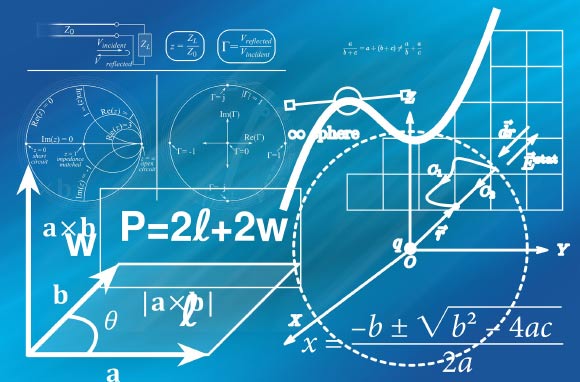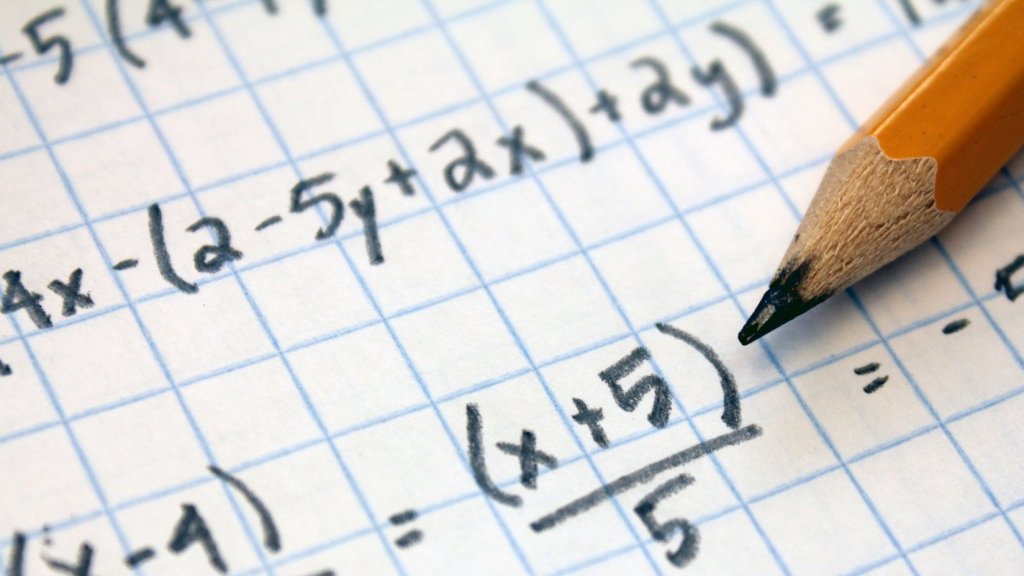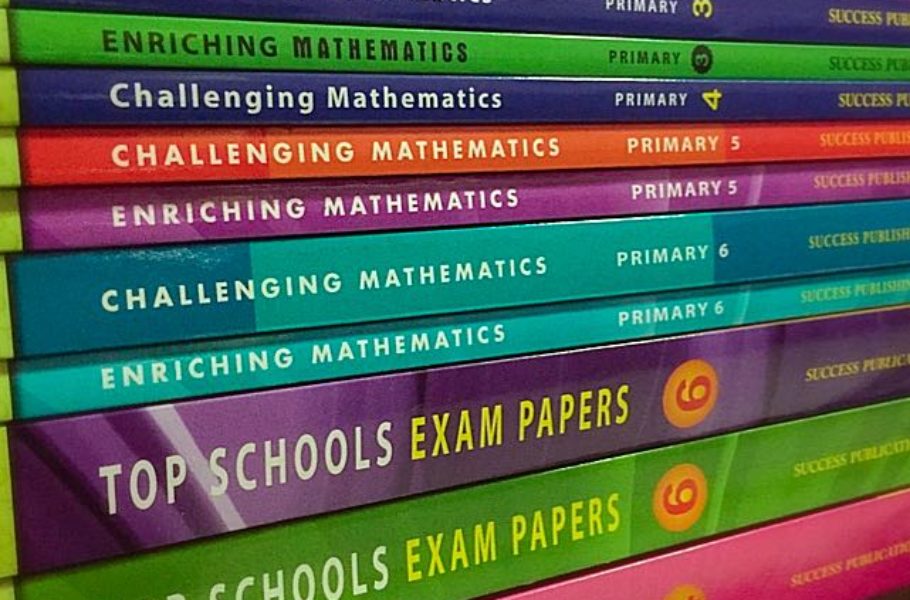In Singapore, Mathematics education at the A-level plays an important role in laying the foundation for building a pool of highly skilled and analytical workforce, especially in STEM related areas. It provides students, regardless of the intended course of study at the university level, with a useful set of tools and problem-solving skills to support their tertiary study.

There are 4 main syllabuses for Mathematics in A level. They are H1 Mathematics, H2 Mathematics, H2 Further Mathematics and H3 Further Mathematics. The different syllabuses are designed for different profiles of students and provide them with options to learn the subject at different levels. Their choice can help them support their progression to their desired choice of university courses.
Firstly, What is H2 Mathematics
H2 Mathematics is designed to prepare students for a range of university courses, such as Mathematics, science, engineering and other related courses. It develops mathematical thinking and reasoning skills that are essential for further learning of Mathematics. The 6 content strands of H2 Mathematics are Functions and Graphs, Sequences and Series, Vectors, Complex numbers, Calculus and Probability and Statistics. All of these topics can have huge applications in other fields. For example, kinematics, electrical circuits, financial mathematics, etc. will all require these content strands. The exact depth that H2 Mathematics covers can be found on the MOE website.

However, preparing for H2 Mathematics is no different from preparing for any other Mathematics syllabus. The only difference is that the topics will be much more in depth which may pose a problem for students transitioning from secondary to JC (this even includes students who did well for their Additional math in secondary school). The questions in JC will be much application based as compared to secondary school and this, understanding is key for students to do well. When studying for a topic, students should not just memorise; they need to understand the methods and the theories behind them. Students should not take things at the surface.
Secondly,
Something that all students should be familiar with, practice is necessary. There is no shortcut and hours of practice per day is the key to mastering the subject. The practice can include doing tutorials punctually and even doing tutorials of other JCs. Occasionally, students should also do practice examination papers to get used to the final hurdle that they are preparing for in their 2 years of junior college.
Thirdly,
Students should try to read reference textbooks related to the topics taught in school. These textbooks are generally very in depth and beginner friendly and will help a lot of students understand the topics at a fundamental level. The MOE website also has a list of reference textbooks for the H2 Mathematics syllabus which will be very useful for students.

Lastly,
Many students may benefit a lot by seeking tuition. There is nothing shameful in seeking external help; it just shows the enthusiasm and thirst for knowledge of the student. A good tutor can help students understand the topics well and clear any misunderstandings that they have. Based on the student’s understanding of the topic, the tutors can also help to make custom questions to help students train to remove their weaknesses.
Moreover, if they are finding trouble to solve a question, they can ask their tutors for clues to help solve the question which will help to save a lot of time as compared to wrecking their brain for hours.
BOTTOM LINE
H2 mathematics is certainly not easy to excel in, however, it certainly requires hard work and persistence. One needs to seek the help of A-level math tutor, practice consistently and keep track of progress!
